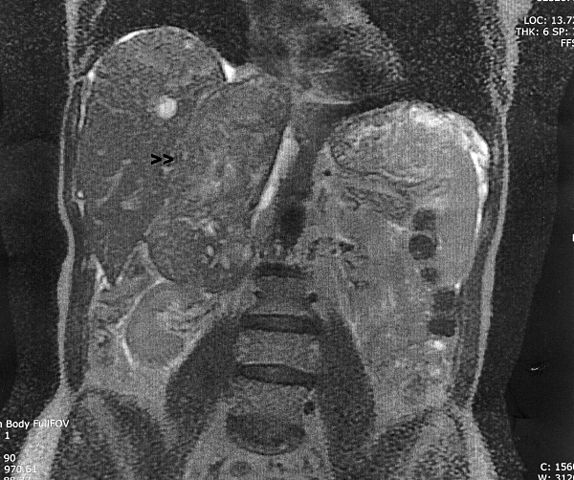
Leiomyosarcoma is a very rare cancerous soft tissue tumour involving smooth muscle cells (involuntary) lining small blood vessels usually of gastrointestinal or uterine origin. Leiomyosarcoma is a form of sarcoma, which is a type of cancer. While the trigger for leiomyosarcoma remains unknown, it is extremely dangerous and can spread quickly. Left untreated, leiomyosarcoma is capable of metastasising inside blood vessels, livers and lungs.
The rate of incidence is one in 100,000 and the median age of patients is 44 years old. Women are more prone to be affected by leiomyosarcoma by a ratio of 2 to 1 compared to men. Since leiomyosarcoma is capable of staying dormant for years, decades even, treatment must be fully completed. Otherwise, patients run the risk of sudden recurrence.
What is leiomyosarcoma?
Muscles in human body are categorised into two groups, namely, voluntary and involuntary; smooth muscles belong to the latter group. The smooth muscles in the involuntary group are not directly controlled by the brain, and they primarily react to internal or external stimuli and muscle memory. A good example is the muscles located inside the digestive track: their automatic reactions aid in food delivery and digestion. Another good example of smooth muscles in action is the goose bumps that form on the skin due to a drop in temperature or emotional shift.
Smooth muscles are distributed everywhere in the body, and as such, leiomyosarcoma can manifest practically everywhere, including skin, blood vessels, heart and most commonly, uterus.
Symptoms of leiomyosarcoma
During its early stage, leiomyosarcoma is effectively asymptomatic, aside from common symptoms such as fever, nausea and fatigue. As the disease progresses, the symptoms will manifest differently depending on the size and location of the tumour - particularly if the tumour has metastasised.
Nevertheless, at this stage, the symptoms will become much more identifiable. Among the more common symptoms:
- Pain and swelling in the area surrounding the tumour
- Internal bleeding, leading to abdominal pain or vomiting of blood
- Exceptionally foul-smelling stool
- Bloody discharge from the vagina or rectum
- Diarrhoea and other noticeable change in bowel habits

Diagnosis of leiomyosarcoma
Doctors will usually perform a diagnosis for leiomyosarcoma if the symptoms coincide with swelling or lesions at strategic locations on the body. A blood test and biopsy (microscopic examination of extracted tissue samples) will not only show the presence of leiomyosarcoma, they would also be able to tell whether the tumour is malignant or benign (leiomyoma).
Confirmation can be obtained using images from radiographs and MRI on the affected region.
Treatment and prognosis of leiomyosarcoma
As mentioned earlier, treatment must be perfect to ensure no dormant remnants of the tumour remain. Otherwise, it may return unannounced at a future date.
Since leiomyosarcoma is resistant to radiation, chemotherapy and radiation therapy are not recommended courses of treatment (although they are sometimes used post-surgery to remove residual remnants of the tumour). Instead, aggressive surgical excision offers the possibility of the best outcome. In recent years, hormonal therapy has also been used to treat female patients.
Early detection is vital towards managing the disease. Patients who have gone beyond Stage I tend to have less favourable rate of survival.
